Tag: hemodynamics
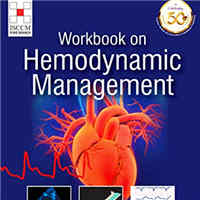
Workbook on Hemodynamic Management
This workbook focuses on hemodynamics management. Hemodynamic management should be aimed at minimizing the ischemic injury. Cerebral ischemia impairs the brain's ability to autoregulate its circulation through vasoconstriction... read more
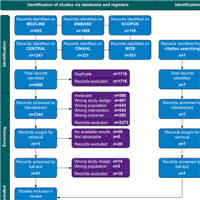
Dexmedetomidine vs. Propofol Sedation in Critically Ill Adults Requiring Mechanical Ventilation
Dexmedetomidine did not significantly impact ICU length of stay compared with propofol, but it significantly reduced the duration of mechanical ventilation and the risk of delirium in cardiac surgical patients. It also significantly... read more

Improving Outcomes in Patients with Difficult Airways
Evidence indicates that the airway community has successfully conquered the anatomically difficult airway, as these patients are managed safely with a low incidence of morbidity and mortality. In contrast, the literature... read more
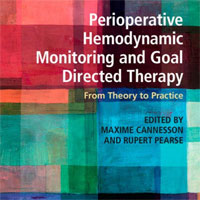
Perioperative Hemodynamic Monitoring and Goal Directed Therapy: From Theory to Practice
This unique book provides clinicians and administrators with a comprehensive understanding of perioperative hemodynamic monitoring and goal directed therapy, emphasizing practical guidance for implementation at the bedside.... read more

Trends in Time to Extubation for Pediatric Postoperative Cardiac Patients
In this large, multicenter database study, early extubation rates in postoperative cardiac patients did not significantly change between 2009 and 2018. Centers that performed early extubation more frequently did not have... read more
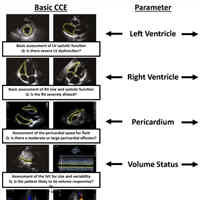
A Decade of Progress in Critical Care Echocardiography
Critical care echocardiography (CCE) is now widely accepted by the critical care community as a valuable tool in the ICU and emergency department, and in perioperative settings. It allows rapid and accurate diagnosis,... read more
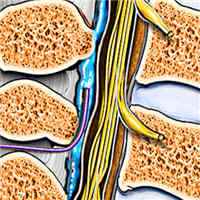
Thoracic Spinal Anesthesia in the 21st Century
Since the performance of the first thoracic spinal anesthetic in early 1908 by Thomas Jonnesco in Romania, many anesthetists have gained interest in this unorthodox neuraxial anesthetic technique. The main rationale justifying... read more

Use of ECMO in Acutely Poisoned Pediatric Patients in US
Extracorporeal Membrane Oxygenation (ECMO) may improve the hemodynamic and metabolic status of poisoned pediatric patients. Persistent hypotension, acidemia/acidosis, and elevated Pao2 after 24 hours of ECMO were associated... read more

Hemodynamic Management Challenges of Septic Shock
Sepsis is one of the main causes of admission to the Intensive Care Unit (ICU). It is defined as a life-threatening organ dysfunction, caused by dysregulated host response to infection (Singer et al. 2016). Septic shock... read more

Hemodynamic Monitoring (Lessons from the ICU)
This book, part of the European Society of Intensive Care Medicine textbook series, teaches readers how to use hemodynamic monitoring, an essential skill for today's intensivists. It offers a valuable guide for beginners,... read more
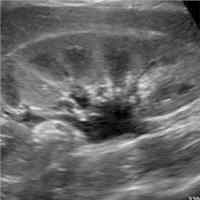
Multi-Organ Point-Of-Care Ultrasound in AKI
Acute kidney injury (AKI) is a clinical syndrome caused by a multitude of hemodynamic, toxic, and structural insults to the kidney, and portends worse patient outcomes. Despite careful history taking, physical examination,... read more

Percussion Pacing – An Almost Forgotten Procedure for Hemodynamically Unstable Bradycardias?
More than 80 years after its first description by Eduard Schott, percussion (fist) pacing remains a little known procedure even though it represents an instantly available and easy to perform treatment for temporary emergency... read more

Why Are We Still Talking about ICP and Ketamine?
A trauma patient required emergent intubation during a recent shift. The altered patient was suspected of having an intracranial bleed. My resident was concerned about rapid onset of hypoxia and other internal injuries causing... read more
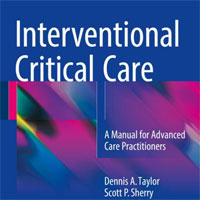
Interventional Critical Care: A Manual for Advanced Care Practitioners
This book provides a comprehensive, state-of-the art review of the interventional procedures that can be performed in intensive care settings. The book addresses fundamentals of the indications and technical aspects of procedures,... read more




